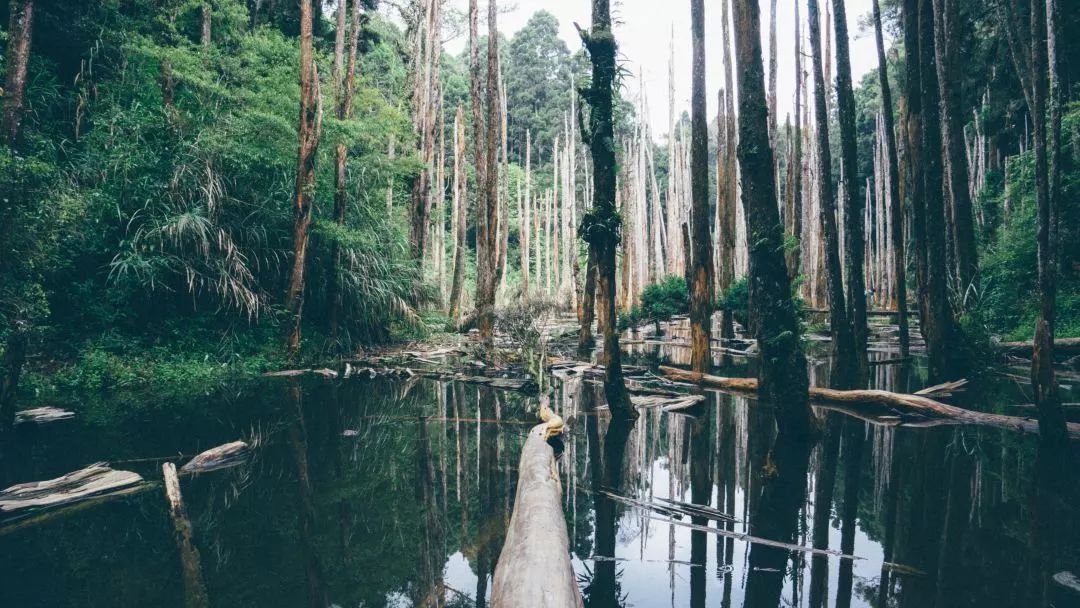
Amazon River Expedition
Research Field: Biodiversity and Climate Change
Research Purpose: Provide long-term field monitoring data of Amazon rainforest ecosystem and sustainable management of endangered species, for interrelationship of climate change and Amazon rainforest ecosystem.
Research Activities: Monitoring pink dolphins, monkeys, macaw, caimen, pirana and water birds in Pacaya-Samiria National Nature Reserve, Loreto, Peru
Principle Investigator: Dr. Richard Bodmer, Prof. of Kent University, UK
Rendezvous:Beijing International Airport
Field Research Site: Pacaya-Samiria National Nature Reserve, Loreto, Peru
Physical Demand: Medium (most field research activities are carried out on the boat)
Number of Volunteers: 8 min. and 20 max.
Expedition Length: 14 Days (Leave for Peru and Back to Beijing)
Field Research:The vast, pristine Amazonian forests of northeastern Peru are home to an incredible array of wildlife. Pink river dolphins and caimans still swim these waters, while extraordinary birds fly through the canopy and manatees swim in the lakes of Samiria. Rare giant river otters can sometimes be seen hunting and playing in area lakes and rivers. So far, this remote region of the Amazon is safe from the intrusion of illegal timber companies, pet traders, and hunters. As part of an Operation Earth field research volunteer expedition team, you’ll help to survey the area’s wildlife to develop conservation strategies for the region and the people who inhabit it.
Aboard a riverboat deep in the heart of Peru’s flooded Amazon region, you’ll help to conserve river dolphins and monkeys, and protect the fragile South American wilderness.
Field research volunteers from China come to the upper reaches of Amazon River, participate in the field research of ecology and climate change, focusing on behavior and ecosystem of habitat study of rainforest mammals, to support Pacaya-Samiria National Nature Reserve based local research teams, so as to fulfill the mission of Operation Earth.
In past several decades, China’s conservation of endangered species of their habitat, received great deal of guidance and support from scientists and academic circles developed countries, especially the capacity building of Chinese experts, after many years of effort and economic development, now, the field research volunteers from China, a developing country, to support field research project of other countries by direct participation, as one of the ways to do something in return to previous international support to China’s biodiversity conservation effort, is a great progress in China, especially considering the fact that the awareness of biodiversity conservation and environmental protection among Chinese citizens, is still yet to be further promoted, our participation of international field research program of biodiversity and climate change related, is of great significance.
Research Site: The rainforests of the Amazon basin are virtually overflowing with a diverse array of plant and animal species. You’ll share this tropical environment with beautiful birds, flowers, monkeys, and more aboard a restored riverboat you’ll call home during your expedition.During your expedition you’ll have the opportunity to interact with indigenous people from a number of villages. The Principal Investigator and his research team have formed very positive relationships with these communities over the past 16 years. These people have always accommodated visitors with openness and friendliness.
Principle Investigator - Dr. Richard Bomar
Prof. Richard Bodmer is a Honorary Doctor of Science, National University of the Peruvian Amazon, Iquitos (Peru) and Ph.D. in zoology, University of Cambridge (U.K.)
Dr. Bodmer has worked in thi reserve for over 30 years and is passionate about fostering co-management of the land between native inhabitants and government agencies. “Bush meat hunting is an important economic activity that has been traditionally used by rural poor of the Amazon. If well managed, bush meat hunting can provide long-term socioeconomic benefits to local communities and help conserve Amazonian biodiversity through maintaining intact rainforests,” he has written. “If poorly managed, bush meat hunting will lead to the extirpation of animal populations, reduced socioeconomic benefits that rural people obtain
Densities and abundances of species assemblages will be estimated annually in the Samiria River basin of the Pacaya Samiria National Reserve at the mouth and the upstream section of Taschacocha. Methods will differ between species assemblages and will include distance sampling, fixed width, line transects, catch-per-unit-effort, point counts, age structure and camera traps (Buckland et al. 2004).